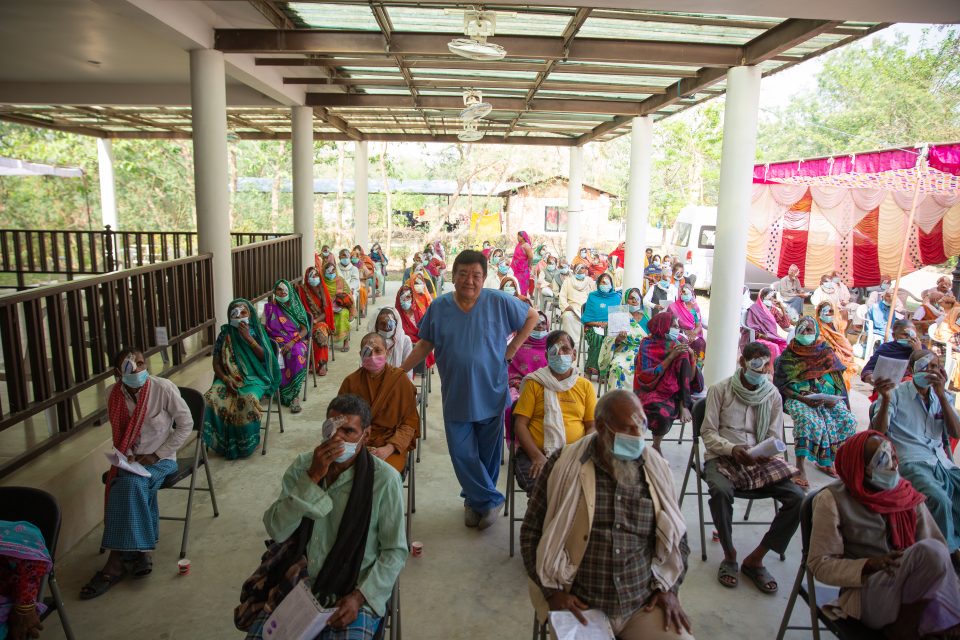
How curing cataracts offers a 1,500% socio-economic return

According to the World Health Organisation, 95 million people worldwide are affected by blindness or severe visual impairment due to cataracts. Cataracts are disproportionately prevalent in low-and-middle-income countries, where they account for 50% of blindness, compared to just 5% of blindness within developed countries.
The socioeconomic effect of cataract surgery is substantial. It allows people to increase their economic productivity by up to 1,500% of the cost of the surgery during the first postoperative year, not least because if left untreated, cataracts often result in an individual being removed from work. Studies have proven this ‘investment’ return again and again.
Making grassroots interventions to treat cataracts also comes with an ‘invisible’ return. There is traditionally a gender inequality in cataract surgical coverage in poorer countries, where men are more likely to have cataract surgery than women. When projects such as my Tej Kohli & Ruit Foundation conduct micro-surgical outreach camps that select patients for free surgery based on need rather than gender, women in poor communities get empowered.

The responsibility for caring for family members who are blind typically falls onto girls, often disenfranchising them from education and condemning them into the same cycle of poverty that too often causes needless blindness. Curing one person of cataract therefore also has a socioeconomic ‘ripple effect’ that positively impacts whole families in poor communities.
Cataracts are also one of the most common causes of treatable childhood blindness, with an estimated prevalence ranging from one to six per 10000 live births. Worldwide 5% to 20% of childhood blindness is due to cataract, but in developing countries cataracts account for a greater proportion of childhood blindness, approximately 22% to 30%.

The numbers of annual cataract surgeries vary among low-and-middle income countries because of differences in accessibility for diagnosis and surgery, referral, and health-care systems. Thankfully with the advancement of surgical technology and techniques and the development of advanced technology in intra-ocular lenses, notably led by Dr Sanduk Ruit, cataract surgery has evolved to a simple surgery with rapid visual recovery.
Since most cataract patients are now able to have their surgery as a day-case procedure, for the past two decades, the prevalence of cataracts has been declining worldwide as rates of cataract surgery have increased because of the improved techniques and active surgical initiatives like those of the Tej Kohli & Ruit Foundation.
But population growth and increased longevity means that even as the incidence of cataracts has fallen, the total number of people with cataracts has grown, especially in low-and-middle-income countries. It is imperative therefore that global health authorities implement a set of strategies to improve the access of effective ophthalmic service and screening, and the quality of treatment delivered in these developing countries.
The 1,500% one-year ‘investment’ return in terms of economic productivity versus the cost of cataract surgery is too often overlooked by policy makers. In the future they need to focus on efforts on promoting the delivery of low-cost and high-quality cataract surgery in developing countries through initiatives, programmes, or mass campaigns to develop infrastructure, personnel, and strategies to provide sustainable high-quality facility.
Tej Kohli is an investor in Rewired
